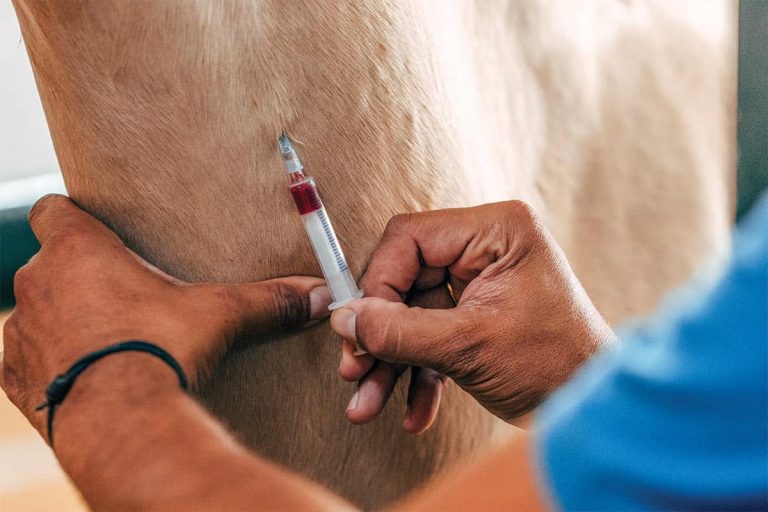U.K. Foot and Mouth Disease Epidemic Officially Over
The United Kingdom has regained its status as a foot and mouth disease (FMD)-free country at an international meeting of veterinarians in Paris, France, in January. The official statement was made Jan. 22 by the U.K.’s Department of Environment,















